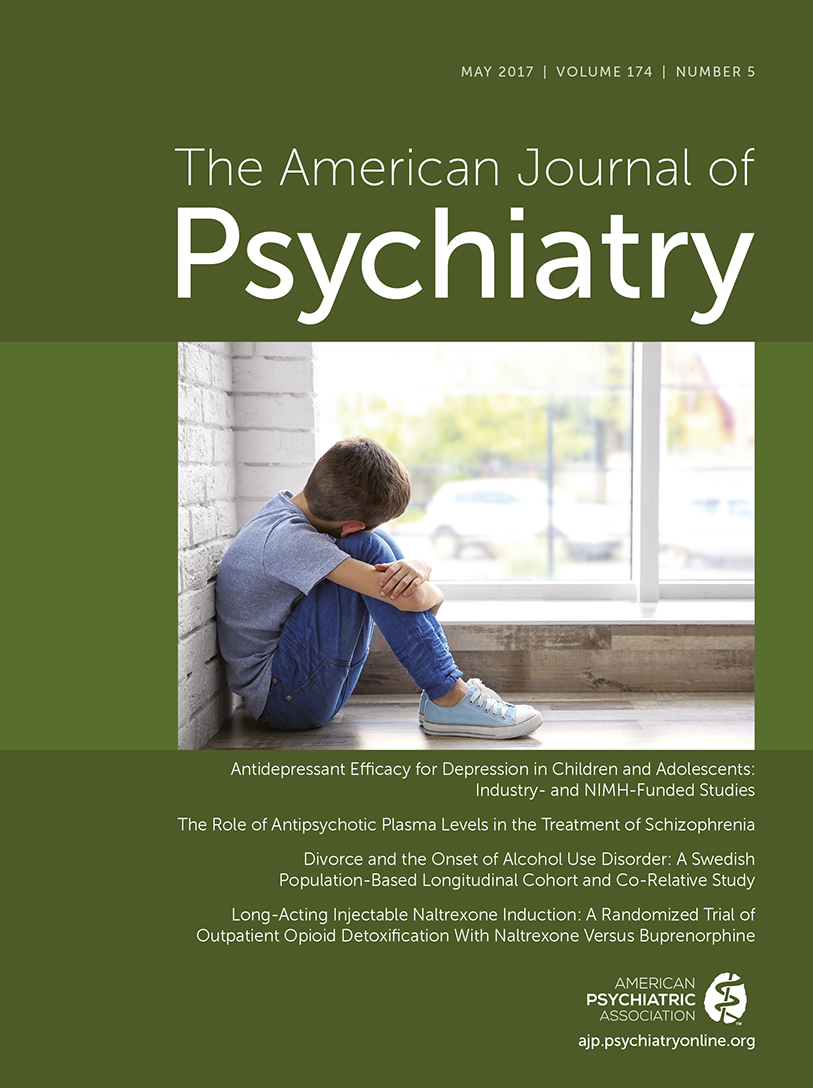Long-Acting Injectable Naltrexone Induction: A Randomized Trial of Outpatient Opioid Detoxification With Naltrexone Versus Buprenorphine
Abstract
Objective:
At present there is no established optimal approach for transitioning opioid-dependent adults to extended-release injection naltrexone (XR-naltrexone) while preventing relapse. The authors conducted a trial examining the efficacy of two methods of outpatient opioid detoxification for induction to XR-naltrexone.
Method:
Participants were 150 opioid-dependent adults randomly assigned 2:1 to one of two outpatient detoxification regimens, naltrexone-assisted detoxification or buprenorphine-assisted detoxification, followed by an injection of XR-naltrexone. Naltrexone-assisted detoxification lasted 7 days and included a single day of buprenorphine followed by ascending doses of oral naltrexone along with clonidine and other adjunctive medications. Buprenorphine-assisted detoxification included a 7-day buprenorphine taper followed by a week-long delay before administration of XR-naltrexone, consistent with official prescribing information for XR-naltrexone. Participants from both groups received behavioral therapy focused on medication adherence and a second dose of XR-naltrexone.
Results:
Compared with participants in the buprenorphine-assisted detoxification condition, participants assigned to naltrexone-assisted detoxification were significantly more likely to be successfully inducted to XR-naltrexone (56.1% compared with 32.7%) and to receive the second injection at week 5 (50.0% compared with 26.9%). Both models adjusted for primary type of opioid use, route of opioid administration, and morphine equivalents at baseline.
Conclusions:
These results demonstrate the safety, efficacy, and tolerability of low-dose naltrexone, in conjunction with single-day buprenorphine dosing and adjunctive nonopioid medications, for initiating adults with opioid dependence to XR-naltrexone. This strategy offers a promising alternative to the high rates of attrition and relapse currently observed with agonist tapers in both inpatient and outpatient settings.



